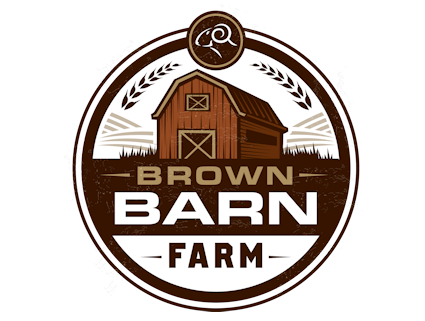Since we moved to the Brown Barn Farm, Lisa and I have noticed that we have seen more monarch butterflies than we have at any other home or area that we have lived in Georgia previously. I thought the reason why was because of the butterfly bushes and trumpet weed that we have on the farm, and that is a major factor; but I learned today that it might be from the milkweed that is growing on the banks of our creek. This is a nursery for the monarch butterfly during it’s North and South migrations.
Annual Cycle
Apparently the female monarch butterfly have an obligate relationship with the milkweed plant. In the spring they will mate and head North from Mexico, she will lay her eggs in a patch of milkweed during the journey. These eggs will develop through the larva and pupae stage until the newly emerged adults will fly further north to a new patch of milkweed and lay their eggs. This process continues until the Monarch is again spread throughout the United States and Canada. This continues through the spring and summer, generation after generation of Monarchs looking for milkweed and laying their eggs.
The Problem
Monarch butterflies are one of the major pollinators in American gardens, fields and farms. They are a critical element in our food supply ,and they have been disappearing by the millions over the last 20 years. The Xerces Society, a major butterfly research organization, estimates that the population of Monarch butterflies was over 1 billion in 1992. In the winter of 2013-14, the population was estimated to be 35 million. That represents a 96% loss of Monarchs over a 20 year period. This is in part due to the loss of habitat to large farms treated with herbicides that kill milkweed, which monarchs require for reproduction. Monarchs will only lay their eggs on milkweed plants, and milkweed is the only food source for monarch larvae when they hatch. (As adults, however, the monarch will feed on a variety of nectar plants.)

• Monarchs must have milkweed. They have an obligate relationship with this family of plants.
No milkweed = No Monarchs
• Many localities treat (Asclepias) milkweed as a noxious weed and destroy it, usually by spraying herbicide which kills both the milkweed and adult larvae. This happens along highway edges, public parks, in agricultural settings, and in residential developments.
• Pesticide use kills huge numbers of Monarch eggs, larva, and adults.
One in every three bites of food we eat is provided by an insect pollinating a plant.  Monarchs are the canary in the mine and they are telling us that something is terribly wrong with our world. If we don’t wake up quickly and fix our habitats, I’m afraid we are going to have an even worse disaster than anyone can imagine.”
Monarchs are the canary in the mine and they are telling us that something is terribly wrong with our world. If we don’t wake up quickly and fix our habitats, I’m afraid we are going to have an even worse disaster than anyone can imagine.”
What Can We Do?
Fernbank Science Center is working with the national Monarch Watch program to propagate native species of milkweed. But they need help to do it!
There is a simple fix, Plant native milkweed and nectar plants, and avoid pesticides – it’s that simple. Your local pollinators will thank you.
Where To Buy Milkweed
Georgia Nurseries:
Garden Hood (Atlanta) http://www.gardenhoodatlanta.com
Nearly Native Nursery (Fayetteville) http://www.nearlynativenursery.com/
Kelli Green Garden Center (Marietta) http://kelligreengardencenter.com/
Goodness Grows (Lexington) http://www.goodnessgrows.com/
Randy’s Perennials & Water Gardens (Lawrenceville) http://randysnursery.com/
Scottsdale Farms (Alpharetta/Milton) http://www.scottsdalefarms.com/
Georgia Vines (Claxton) http://www.georgiavines.com/
For more information:
Brown Barn Farm


